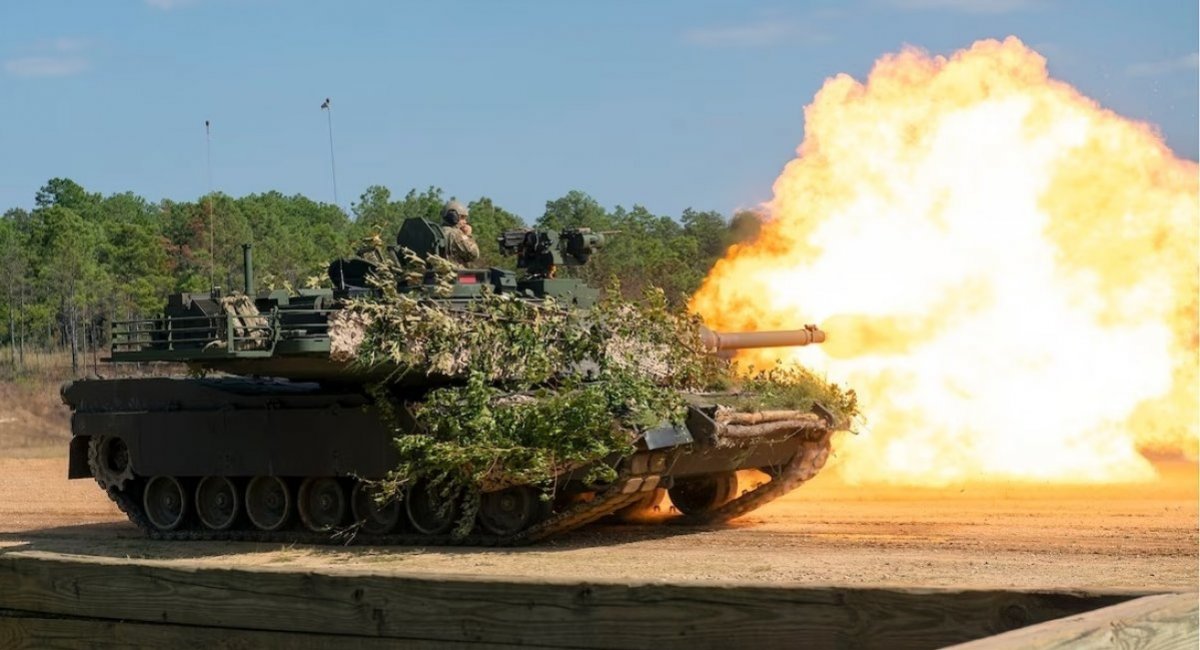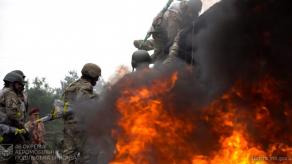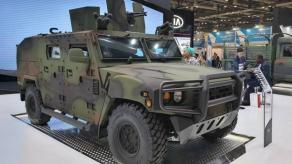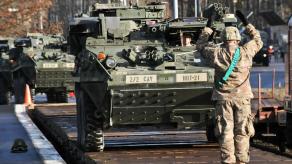The leadership of the United States military is taking into account the takeaways of Ukraine's battles against the russian invasion which have shown advanced tanks being destroyed by small and simple drones, and incorporate the lessons into the two key armored vehicle development projects. Namely, the future successors of the M1 Abrams main battle tank and the M2 Bradley infantry fighting vehicle, respectively.
"If the Army fails to do so, it could end up plowing billions of dollars into systems that are dead on arrival on the modern battlefield," Breaking Defense notes in a dedicated article.
Read more: Ukrainian FPV Drones Tear Apart russian Military Column Like It's 2022 (Video)
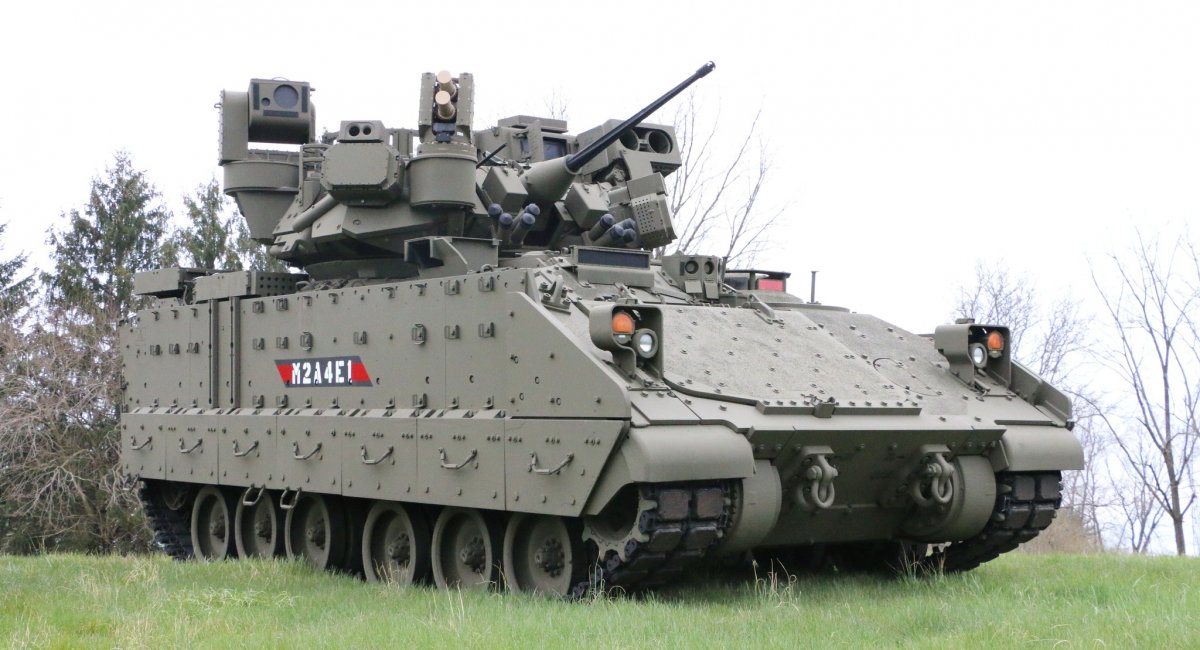
Brig. Gen. Geoffrey Norman, the director of the Next-Generation Combat Vehicle Cross Functional Team, told the journalists of this website what the U.S. Army was seeing as the key new threat for ground vehicles. Contrary to the impression that Western armies generally tend to underestimate the threat of primitive explosive UAVs, the American general admits that FPV drones are a "real problem" now, and a group of technical specialists currently stationed in Eastern Europe is racking their brains over the potential answers to the extensive use of killer drones on modern battlefield.
Helping them are Ukrainian operators of Abrams and Bradleys who share "insights" about the performance of combat vehicles on the ground in real combat, with a multitude of threats surrounding, and FPV drones being the primary one nowadays.
Breaking Defense also draws a historical parallel: more than two decades ago, the American military was not ready for the appearance of improvised explosive devices that littered the roads in Iraq and Afghanistan, the problem required urgent solutions. Now attacks from above have become such a problem today, so much so that the U.S. commanders call attack drones "the IEDs of the sky."
Norman points out that although the Abrams has good protection against direct fire attacks coming from other ground vehicles, the same cannot be said for protection against attacks from above.
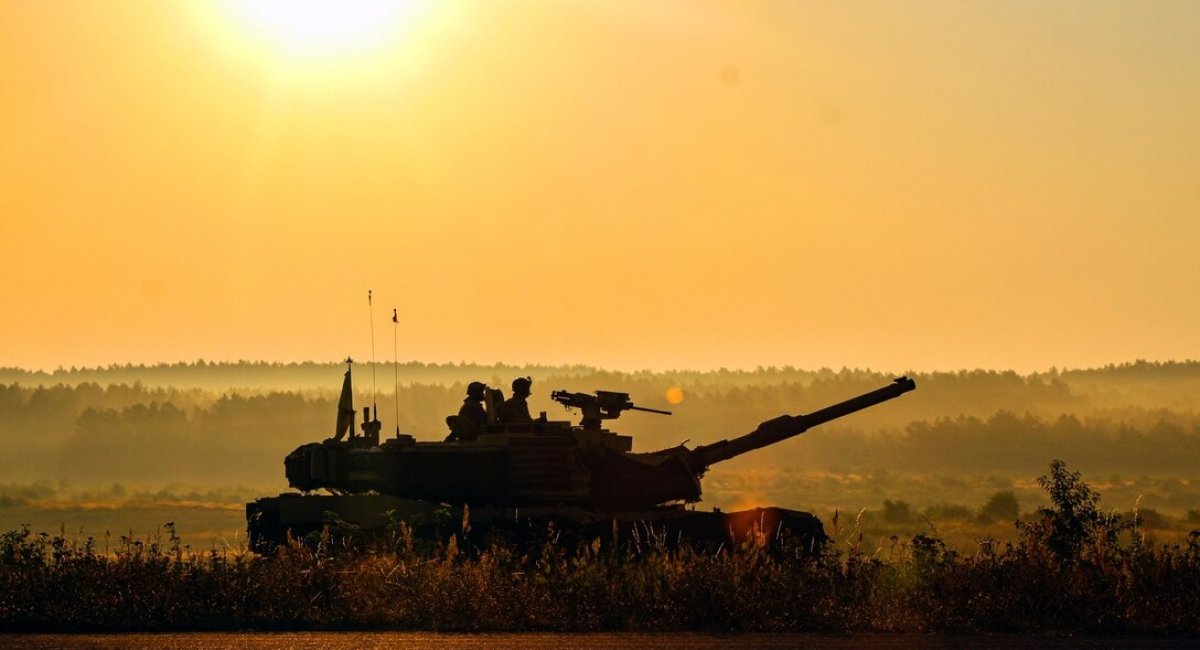
"The Abrams, and any main battle tank for that matter, is most effective when it can be employed in the offense, or in a situation where they can move around periodically," Norman said, later adding that, "When they stay stationary, they become vulnerable to any number of threats."
The general did not reveal details about the plans for Abrams and Bradley replacements but said the priorities and goals are basically outlined, primarily they need effective protection from above, active protection systems, laser devices, etc. Also, the service is placing bets on a modular open design architecture so that the vehicles can be quickly adapted to constantly changing and evolving threats.
Read more: NATO Should Learn from Ukraine's Experience in Combat Drone Development, RUSI Expert Suggests




